Five Common Valve Types: Structural Features and Application Scenarios Analysis
In industrial pipeline systems and civil facilities, valves serve as core components for controlling fluid flow (liquids, gases, slurries, etc.). However, different valve types achieve functions like interception, regulation, or safety protection through unique designs. This article focuses on five common types, detailing their structures, characteristics, and applications.
1. Ball Valve: The All-Around Performer with High Efficiency Sealing
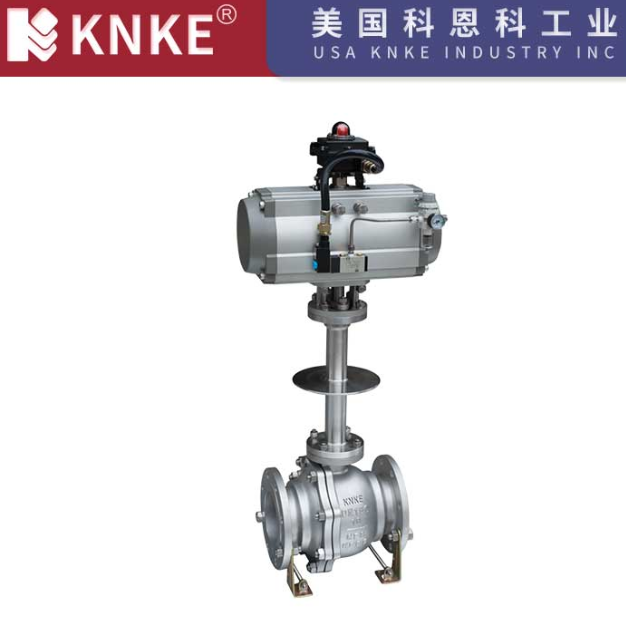
First, a ball valve features a spherical disc with a through-hole. It opens or closes by rotating 90°. Specifically, the ball fits tightly with the valve seat for sealing. There are two main types: first, floating balls (for small diameters, relying on seat elasticity); second, trunnion-mounted balls (for large diameters, with bearings to reduce torque).
Moreover, these valves offer excellent sealing: soft seals ensure bubble-tight closure, while hard seals (e.g., tungsten carbide) resist high pressure/temperature (up to 1000°C). Additionally, their full-port design creates minimal flow resistance (coefficient 0.08), ideal for high-flow or particle-laden media like petroleum. Finally, they operate rapidly—manual models need only a quarter-turn, while powered versions shut off in 0.3 seconds for emergencies.
2. Gate Valve: The “Pipeline Gate” for Full-Open/Full-Shut Operations
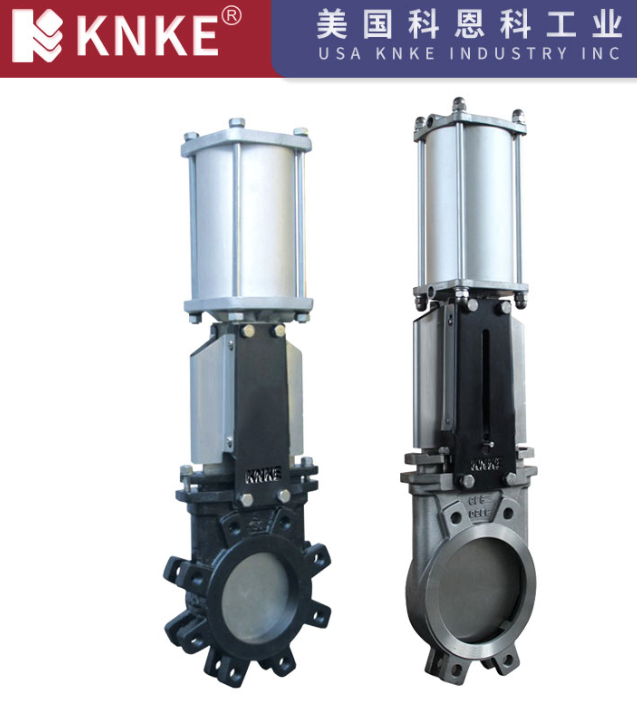
Next, gate valves use a vertical-moving disc (gate). When fully open, the gate clears the flow path; when closed, it seals tightly. There are two subtypes: wedge gates (for high-temperature/high-pressure) and parallel gates (for bi-directional sealing). They can be manually, electrically, or pneumatically driven.
A key advantage is their unobstructed flow, with less than 0.5% pressure loss when fully open, making them ideal for large-diameter water or steam pipes (DN300+). Their simple structure also lowers costs for manufacturing and maintenance. However, they are not suitable for flow regulation—partial opening can cause disc vibration and seat wear. Thus, use them only for on/off control in systems like urban water networks or boiler pipelines.
3. Globe Valve: The Precision Flow Control Expert
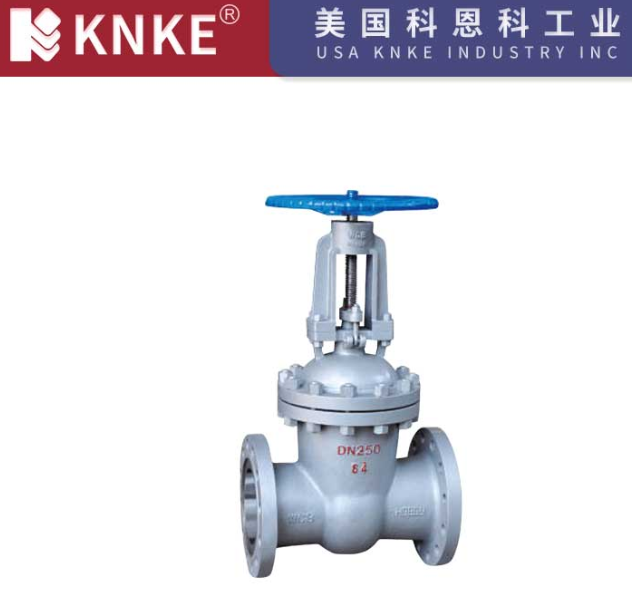
For precise flow regulation, globe valves are optimal. Their disc moves along the seat’s central axis, adjusting flow via the gap between disc and seat. Notably, the seat has a 60° inclined sealing surface, forming a “low inlet, high outlet” path to enhance sealing.
These valves excel in accuracy, with a linear relationship between disc stroke and flow (±5% precision), perfect for chemical reactor feeding. To prevent leaks, bellows-sealed models suit toxic or valuable media like oxygen. However, their right-angle flow path creates higher resistance (coefficient 1.5) than ball valves, so they’re better for small-diameter high-pressure systems (DN50, PN40+). Common uses include steam pipelines, where the design reduces water hammer, and lab setups requiring fine control.
4. Butterfly Valve: The Lightweight Choice for Large-Diameter Pipelines
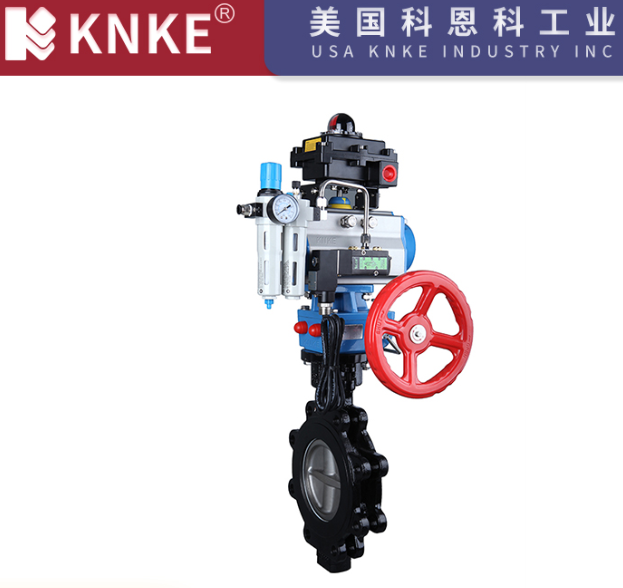
Moving to large-diameter systems, butterfly valves feature a rotating disc (90° motion) and a triple-eccentric design for bi-directional sealing. Their main benefits are weight and cost: a DN600 model weighs just 120kg (1/4 of a gate valve) and costs 40% less than ball valves.
They also operate quickly: pneumatic actuators open/close DN1000 valves in ≤8 seconds, with emergency shut-off in <3 seconds using quick exhaust valves. For regulation, the disc’s angle correlates with flow in an equal percentage pattern, effective within 70° opening. Examples include wastewater plant pipes, fire signal valves (with feedback), and steel plant flue systems (high-temperature metal seals).
5. Check Valve: The Automatic Backflow Prevention Guardian
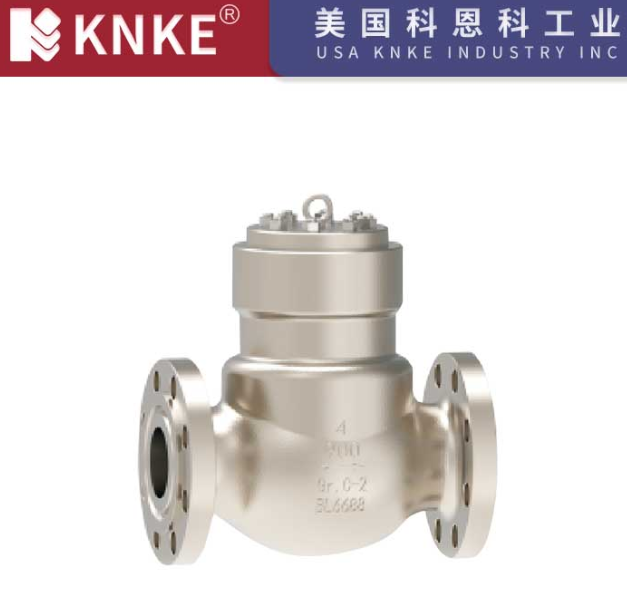
Lastly, check valves operate without manual input, opening with forward flow and closing via gravity/spring force to prevent backflow. Types include swing (single/double disc), lift, and butterfly designs.
Their primary role is safety: double-disc swing models reduce water hammer by 40%, protecting pumps from damage. With no moving parts, they’re maintenance-free, ideal for pump outlets or water heaters. When selecting, choose lift checks for small diameters (DN15-100, better sealing), swing checks for large sizes (lower resistance), and spring-loaded models for quiet environments. Common applications include centrifugal pump systems (preventing impeller reversal) and steam trap assemblies.
How to Select the Right Valve?
To choose wisely, follow these steps:
- First, assess media characteristics: Use fluorine-lined valves for corrosives, ball valves for particles.
- Second, define control needs: Pick globe/butterfly valves for regulation, gate/ball valves for on/off.
- Third, consider operating conditions: Hard-sealed valves suit high-temperature/high-pressure; butterfly valves work for large, low-pressure pipes.
- Finally, evaluate space constraints: Opt for compact ball valves in tight spots or lightweight butterfly valves for easy installation in large systems.
Each valve type has distinct strengths: ball valves for versatility, gate valves for on/off control, globe valves for precision, butterfly valves for large pipes, and check valves for safety. By understanding their features and matching them to media, conditions, and space, you can ensure efficient, safe pipeline operation. Whether in industrial or civil settings, proper valve selection is key to system performance.
